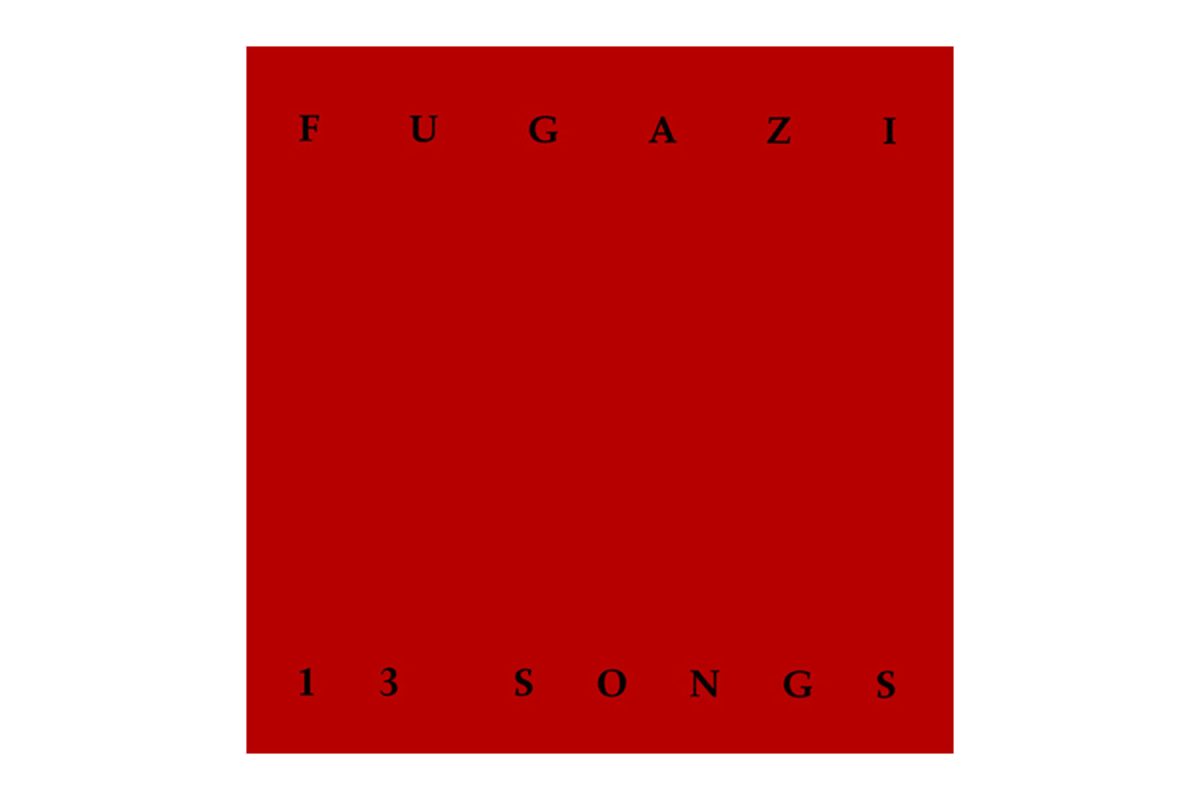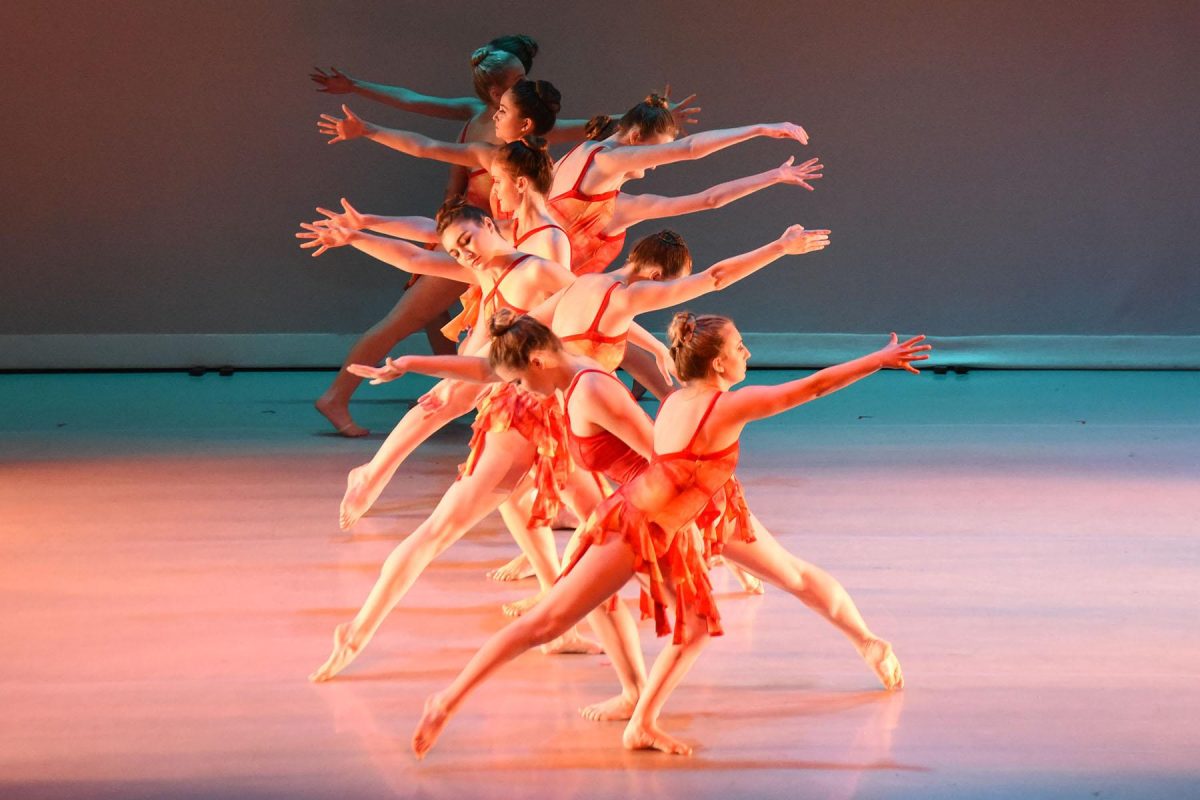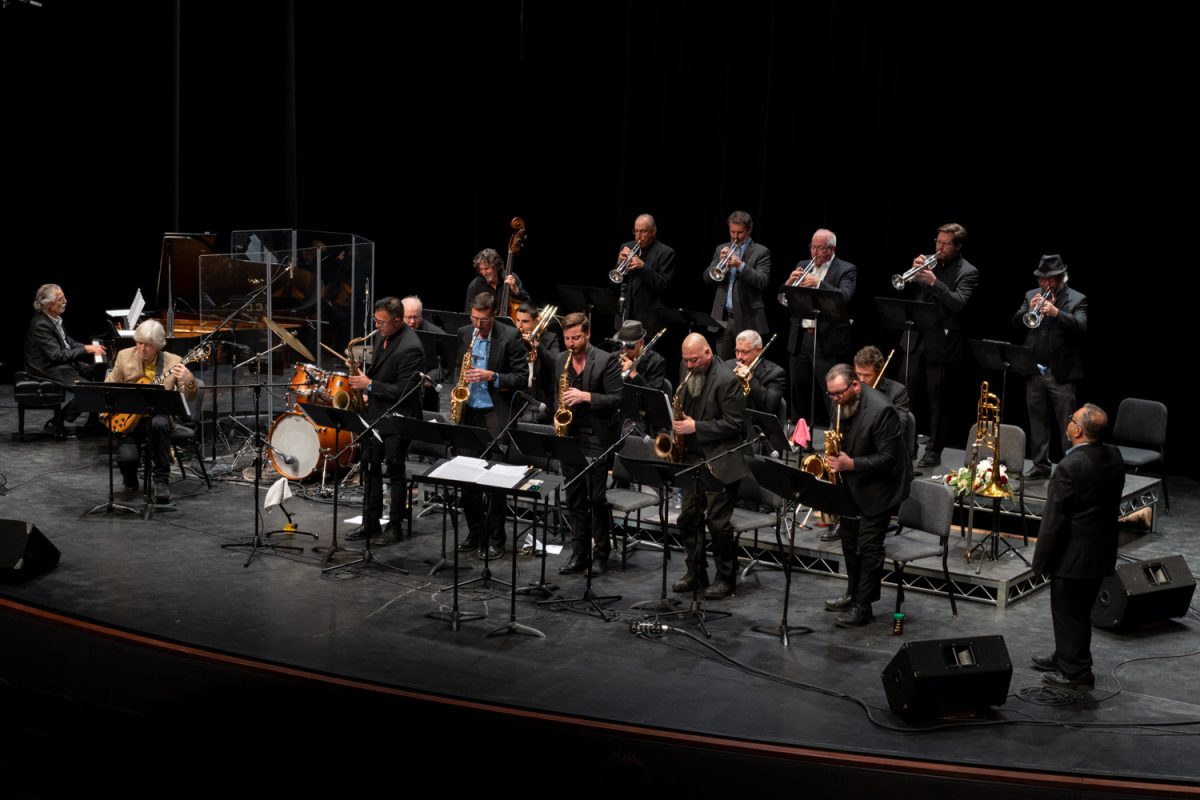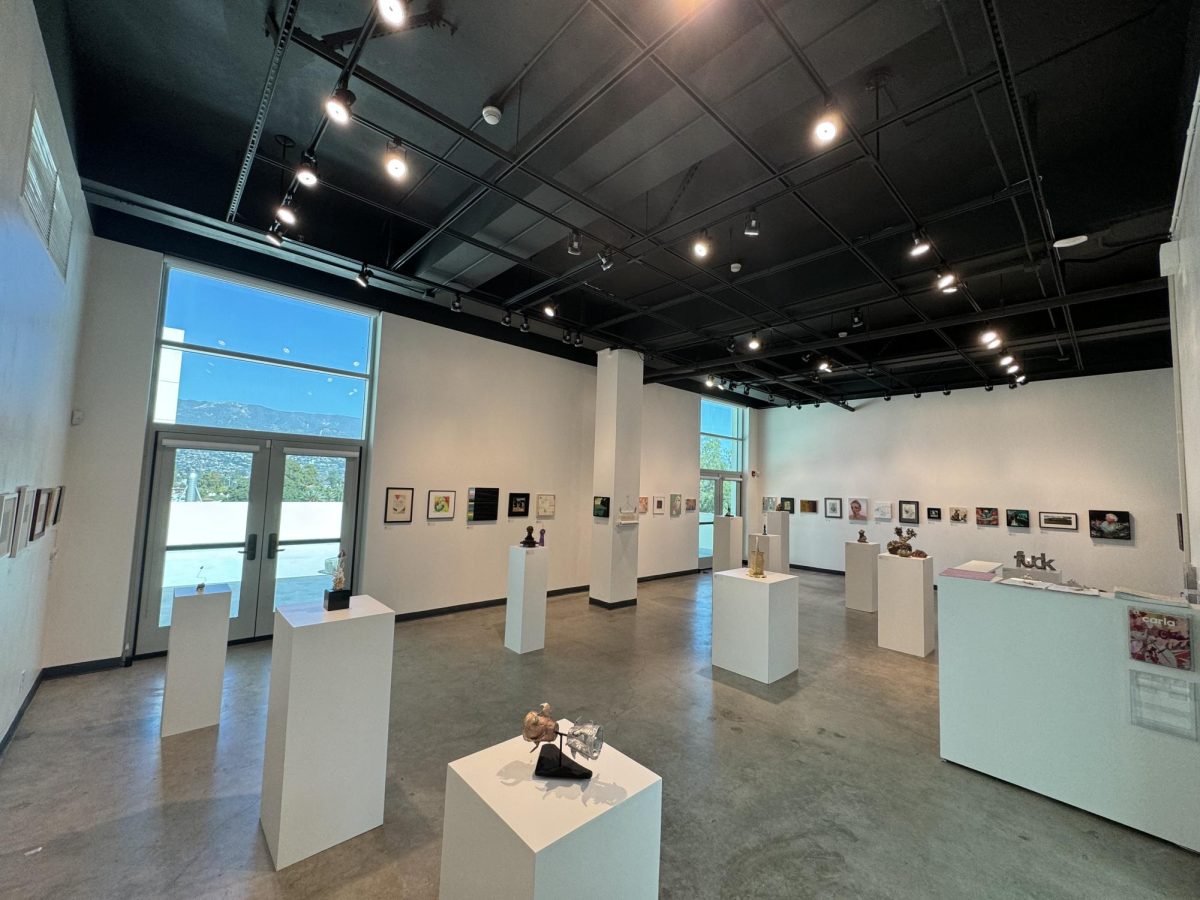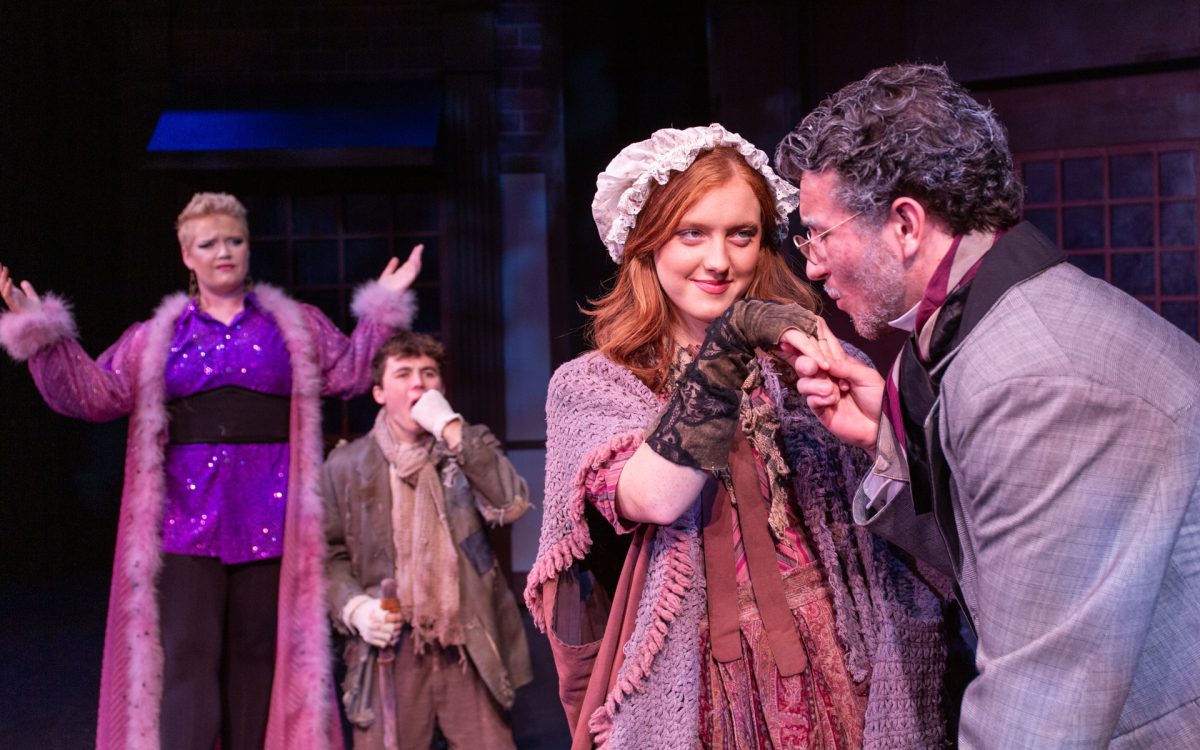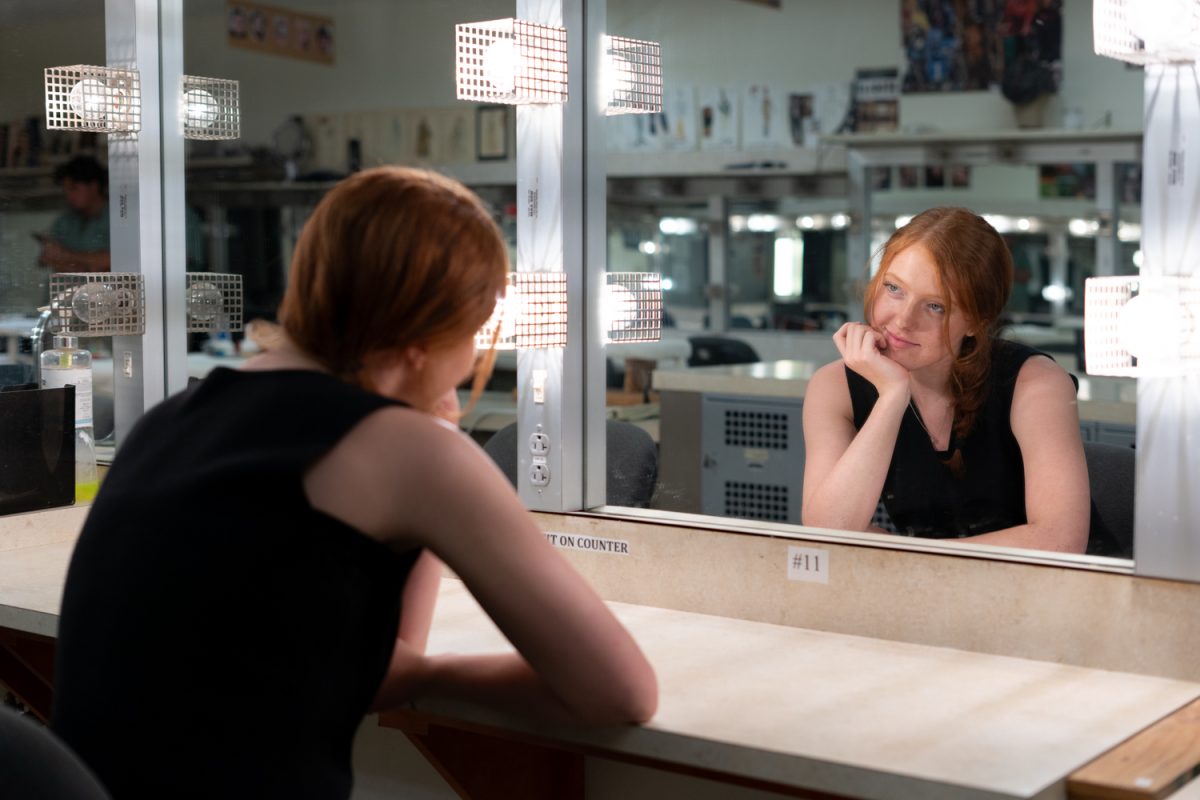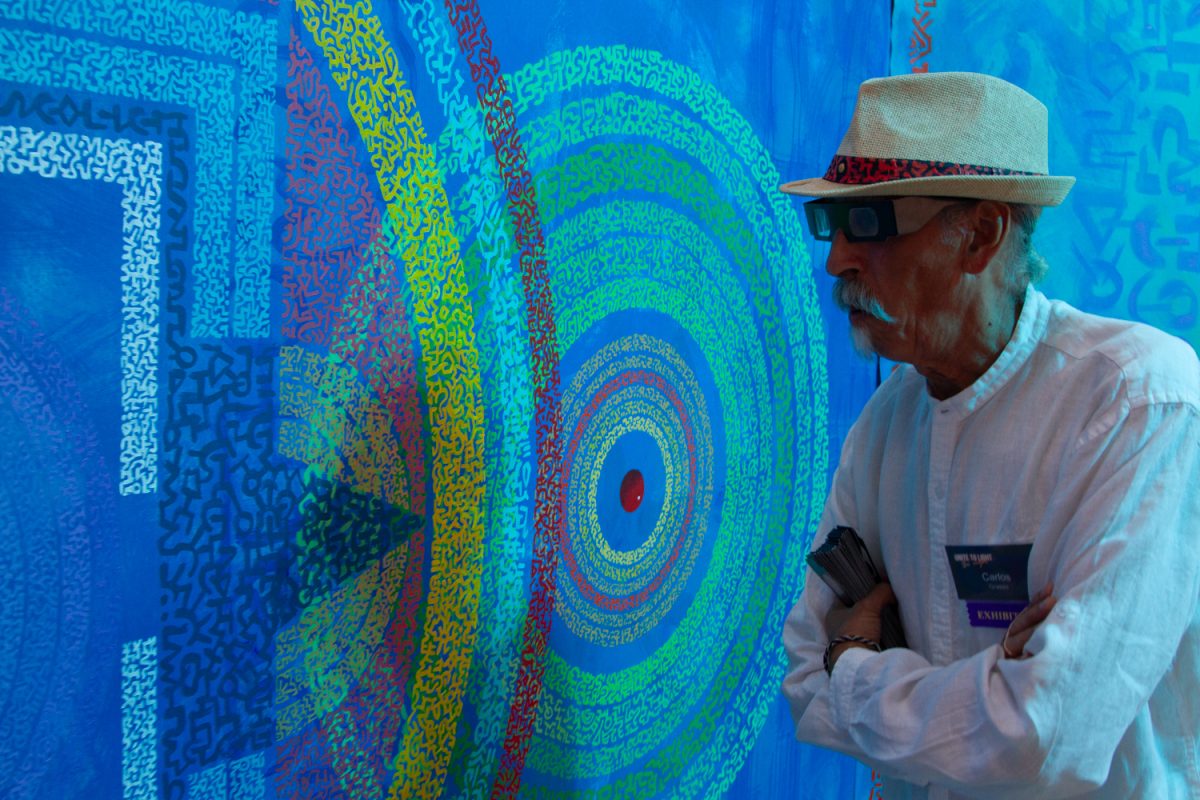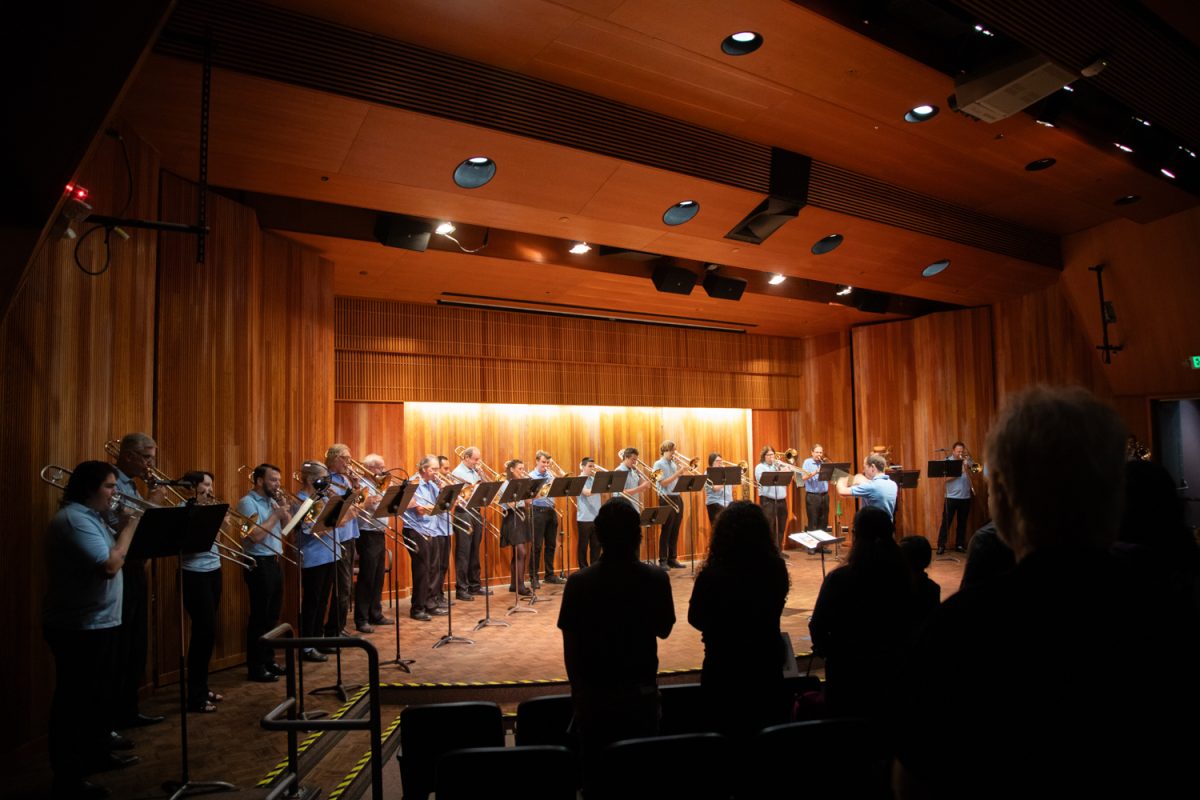They say a picture is worth 1,000 words. A photograph can capture a historic moment, a portrait gives us a view into the past we might have never had, and a painting or sketch can offer a glimpse into another’s mind. Some images are haunting, some are inspiring, but one thing great images have in common is the power to make us feel something. This week, The Channels editorial board shares their favorite examples of powerful images that have moved us.
 August Lawrence, Arts and Entertainment Editor
August Lawrence, Arts and Entertainment Editor
‘The Beatles’ “White Album” headshots’ – John Kelly (1968)
This set of portraits is always the first thing up on my walls when I move in and the last to come down after moving out. For me, these pictures exemplify The Beatles and their spirit of cool. Being raised by older sisters was tough. They force-fed me Betty Friedan speeches and rammed Spice Girls down my ears. But freedom came when I found the “White Album” while sorting through my family’s old LPs. Finally, something I fully related to. The music initially drew me in, but my interest was piqued after seeing these liner pictures from inside the LP sleeve. Finding that record changed my life. I began dressing like George Harrison and cutting my hair to resemble a young John Lennon. My sisters would have Katharine Hepburn or Liz Taylor posted on their mirrors; I had John, Paul, George and Ringo. Seeing The Beatles’ portraits made them accessible and real, almost as if I knew them somehow. These headshots solidified my love for The Beatles as my favorite band. I must have looked at these images over thousands of times in my life, and I still love them to this day.
 Alloy Zarate, Features Editor
Alloy Zarate, Features Editor
‘The Secret Drawer’ – Patssi Valdez (2014)
At the start of the pandemic I spent many hours alone in my bedroom researching Chicana/o art for my Chicano Studies class. This 2014 painting by Patssi Valdez immediately spoke to me. The painting depicts a boring, everyday place in a psychedelic style that makes it feel alive and busy. It mirrored my reality of staring at the walls of my childhood bedroom, trying to feel normal and stay sane amid the chaos unfolding in the world. I want to jump inside this painting and dance alongside the furniture. In an Los Angeles Times interview, Valdez said she made this series of paintings of domestic settings while reflecting inward after many years of political activism.
Learning about Valdez’s history as a Chicana artist and activist in my Chicano Studies class helped me connect with the painting even more. I see my room and the internal reflection that happens there from a new angle. My room is a sacred place and this painting captures my relationship with it.
 Jacob Frank, Opinion Editor
Jacob Frank, Opinion Editor
‘Untitled (Head)’ – Jean-Michel Basquiat (1982)
I don’t like to pick favorites. There are way too many fantastic photographs and works of art out in the world, and being dreamt of by people today, to narrow it down to a single composition. Jean-Michel Basquiat is one of my favorite artists among the infinite history of creators on earth.
One could spend a lifetime following the elusive lines of one of his skull paintings. The lines, colors and circles speak to me through an organized chaos. I love color, and I love abstract figures. The characters appear to embody raw emotions of either the artist or the imagined person being painted in a physical form. It’s almost impossible to describe or portray how we truly feel about anything, but I feel that Basquiat’s work is a rigid explosion of emotion that evokes the very same in the spectator.
 Ryan P. Cruz, Editor-in-Chief
Ryan P. Cruz, Editor-in-Chief
‘Lunch atop a Skyscraper’ – Charles C. Ebbets (1932)
I have a fear of heights, and the dizzying photograph of 11 men precariously perched over 840 feet above the New York City skyline eating lunch, their feet dangling with no sort of harness or protection gives me vertigo every time I see it. The iconic image was taken on the 69th floor during the construction of 30 Rockefeller Plaza, and it offers a great look into the manpower that went into creating these skyscrapers in America—the men that risked their lives to contribute to some of the most impressive structures ever built. Our country was at the forefront of manufacturing and engineering technology and these were the laborers that made these ideas come to life. Though it is believed that the moment was staged by Rockefeller to promote the new skyscraper, it is still a powerful photo of a unique period in American history.

Desiree Erdmann, Photo Editor
‘The Kiss’ – Gustav Klimt (1907)
“The Kiss” is a painting that is famous for good reason. The oil-on-canvas painting that was made in 1907 during the height of Klimt’s “gold period” has flecks of real gold leaf, silver and platinum as accents on top of an intricate warmly-toned scene of two lovers kissing. The painting is my favorite for more than just the aesthetics and beauty that it displays. In the summer of 2019 I was fortunate enough to go on a study abroad to Vienna, Austria where I lived in a hotel for a month with 24 other City College students where we all studied honors art history and political science. Everyday we would take trips to different historical buildings as well as the many phenomenal art museums and churches that the city has to offer. One of these art museums was the Belvedere Palace where “The Kiss” is a part of their permanent collection in the Upper Belvedere. While we were there in person looking at the painting as our professor was explaining the history of the piece, we as a class accidentally caused a traffic jam at the museum that ended with security asking us to leave the area. That moment became an inside joke between everyone in the program that still stays strong to this day.
 Rodrigo Hernandez, News Editor
Rodrigo Hernandez, News Editor
‘Joy Division, Hulme, Manchester, 1979’ – Kevin Cummins (1979)
As one of the most well known photographs of the post-punk group Joy Division, the style in which the photo is taken is different from what many band photos use . The stark white background, the faint backdrop of old buildings and apartment complexes, with the members of the band eerily standing in the distance sets it apart from an average album cover shot. Photographer Kevin Cummins only had two rolls of film that day, and the weather was so bad that they almost had to cancel the shoot. With a limited amount of photos to be taken, and the band frequently complaining about the cold, Cummins still managed to capture one of the most iconic images in music history, while also capturing the band’s essence. Cummins said in an interview with The Guardian, “What I was trying to do here was capture their sound. I felt that the space in the photograph was like the space in their music.”




